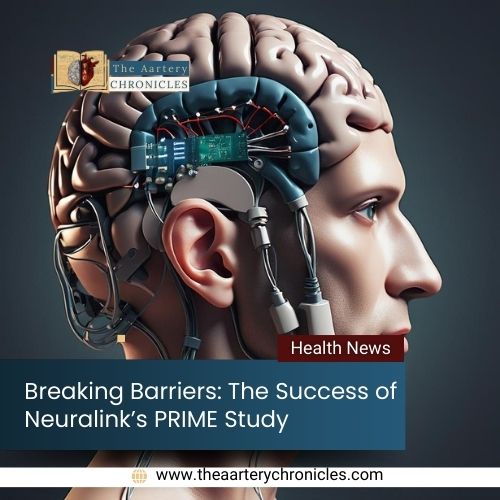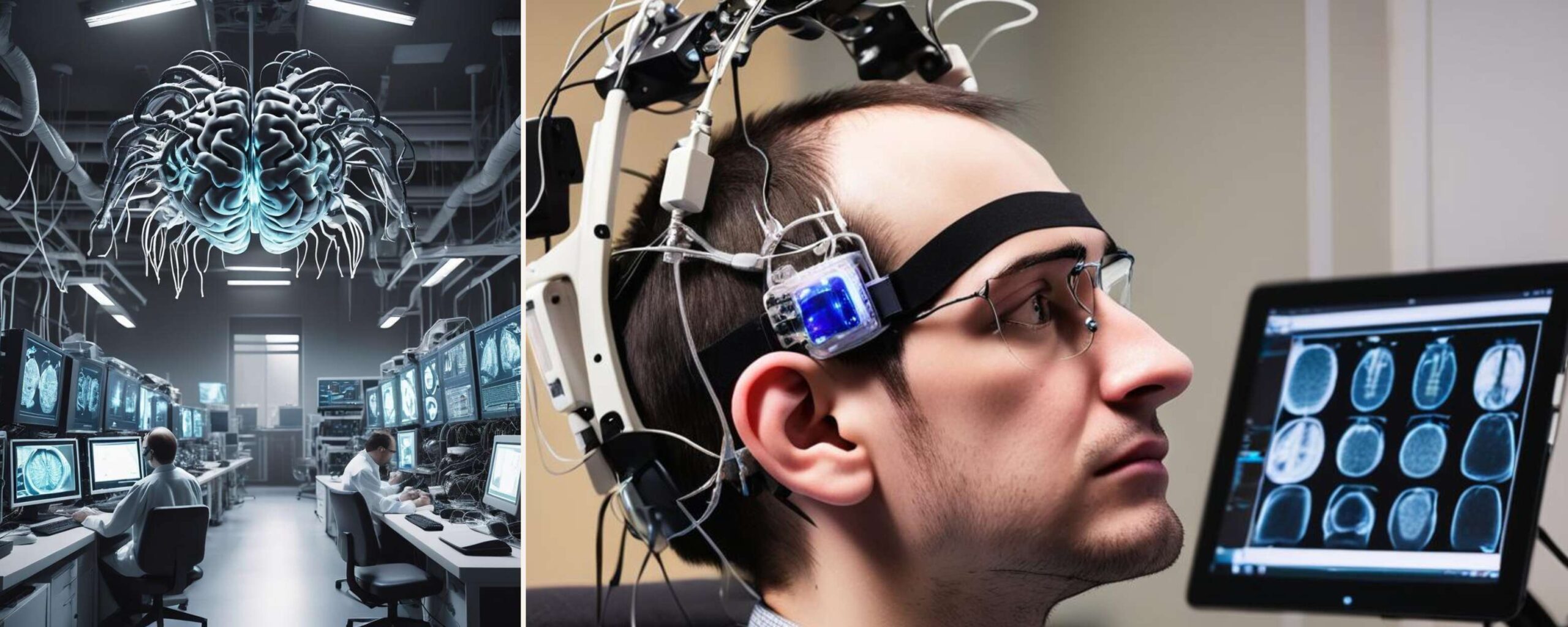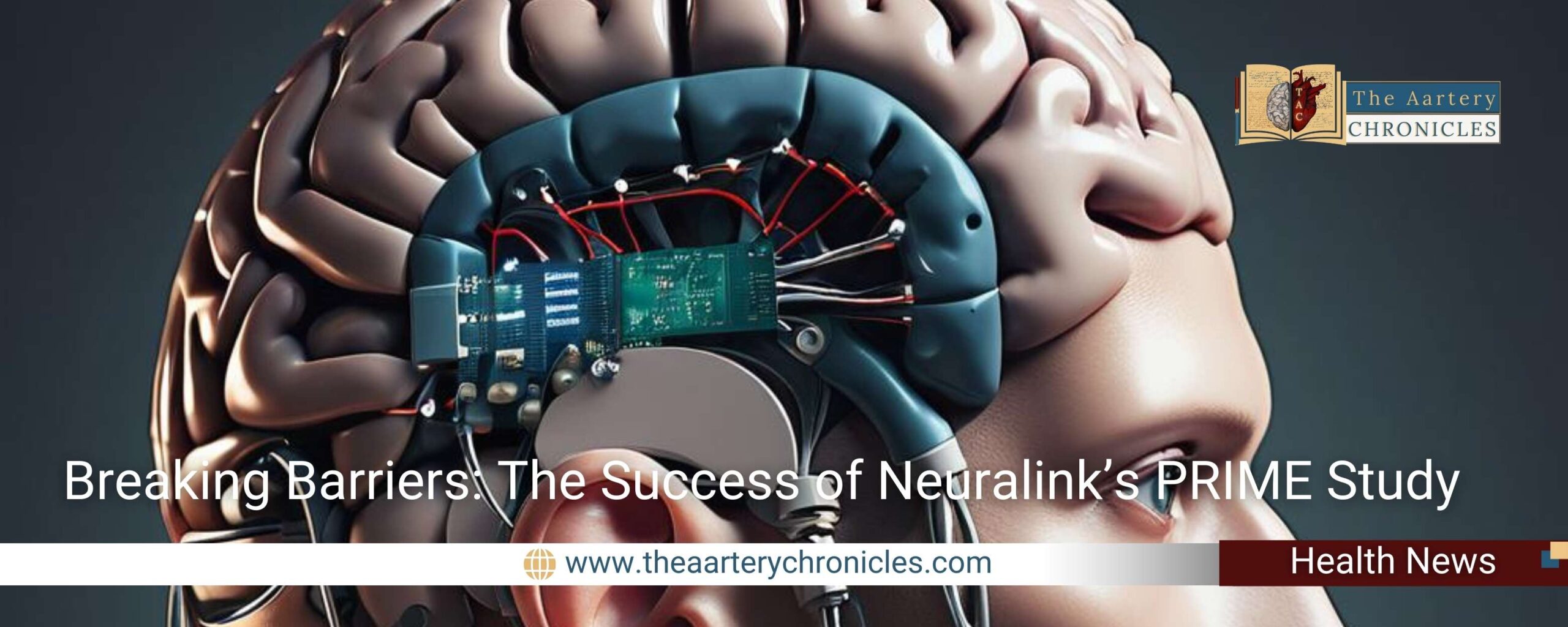
Breaking Barriers: The Success of Neuralink’s PRIME Study
The Extended Mind
The Brain-computer interface is a recent advancement that allows the establishment of a communication link between external devices and the brain. This enables the individual to control devices solely using their thoughts.
Andy Clark and David Chalmers in 1998 proposed the ‘extended mind’ hypothesis, according to which technology may become an integral part of humans, and blur the thresholds of external objects and the human mind. This perspective is certainly relevant in the context of Neuralink’s BCI.
Introduction
Elon Musk’s company Neuralink is focused on the development of brain-computer interfaces (BCIs) that would improve human interaction with technology. Neuralink in January 2024, implanted the first brain-computer interface in 29-year-old Noland Arbaugh.
Noland Arbaugh
Noland Arbaugh a 29-year-old quadriplegic became the first patient to receive the brain-computer implant. Noland was paralyzed from the shoulders eight years ago because of a diving accident. Before the implant, he used a mouth stick for interaction with digital devices, which was highly cumbersome and limited his activities to a significant extent.
Noland got associated with Neuralink when his friend introduced him to the company experiments involving brain implant surgeries.
Quadriplegia
Quadriplegia or tetraplegia is a paralysis symptom or a paralysis pattern that affects an individual from the neck down. The condition can affect the ability to move and autonomic processes based on how and why it has occurred. Many times, quadriplegia is a symptom of other issues, however, there may be some instances where the condition can be standalone. It is the most frequent symptom of traumatic spinal cord injury.

The trial
Post the immense preparation of technology, Neuralink in May 2023 announced the FDA approval to launch the human-clinical study.
The trial is known as the PRIME study (Precise Robotically Implanted Brain-Computer Interface). The trial aims to evaluate the safety of the implant (N1) and surgical robot (R1) along with the functionality of the brain-computer interface to enable paralyzed individuals to control external devices with their thoughts.
Implant
The brain-computer interface (BCI) contained coin-sized devices with fine flexible threads. Around 1024 electrodes were dispersed among 64 threads. The implant is powered by a wirelessly charged battery, enabling control of the device by thinking. The electrodes capture neuronal activity and transmit signals to digital devices via Bluetooth.
Surgical procedure
The procedure involves the surgical operation and robot R1 placing threads of the N1 implant in a brain region responsible for controlling movement intention. Reportedly, Noland was discharged the day after the completion of the procedure.
Results
The results of the trial showed promising results. The PRIME study and brain implant trial were significantly successful and had an average of 87.1% success rate for 19 surgeries. The implant of the first patient Noland Arbaugh was successful, he demonstrated considerable progress with the implant, controlling video games, moving a laptop cursor, and browsing the internet solely using his thoughts.
Conclusion
This is considered a significant leap of Neuralink in brain-computer interface technology. Up until now, BCIs needed external ports in the skull, but Neuralink has its system completely wireless and implanted allowing efficient transmission of data.
With continued innovation in the field and future research focusing on enhancing battery life, signal transmission, etc, BCIs’ potential to restore autonomy for patients with paralysis is vast.
Source: Inputs from various media Sources

Sanika Pande
- Medicine and Diseases
- Nutrition and Diet

















